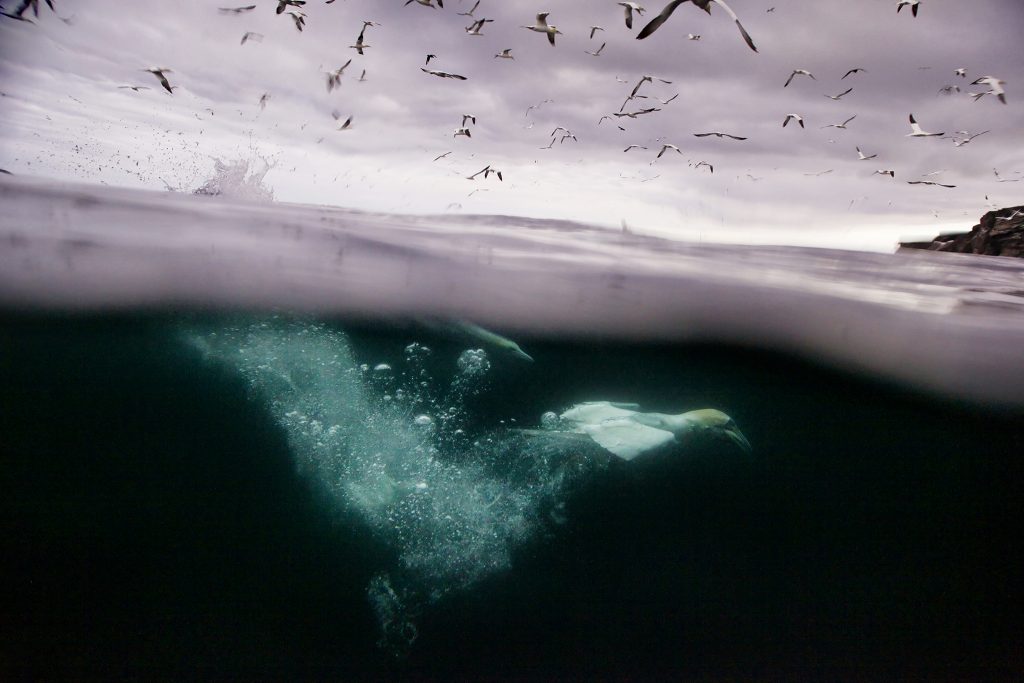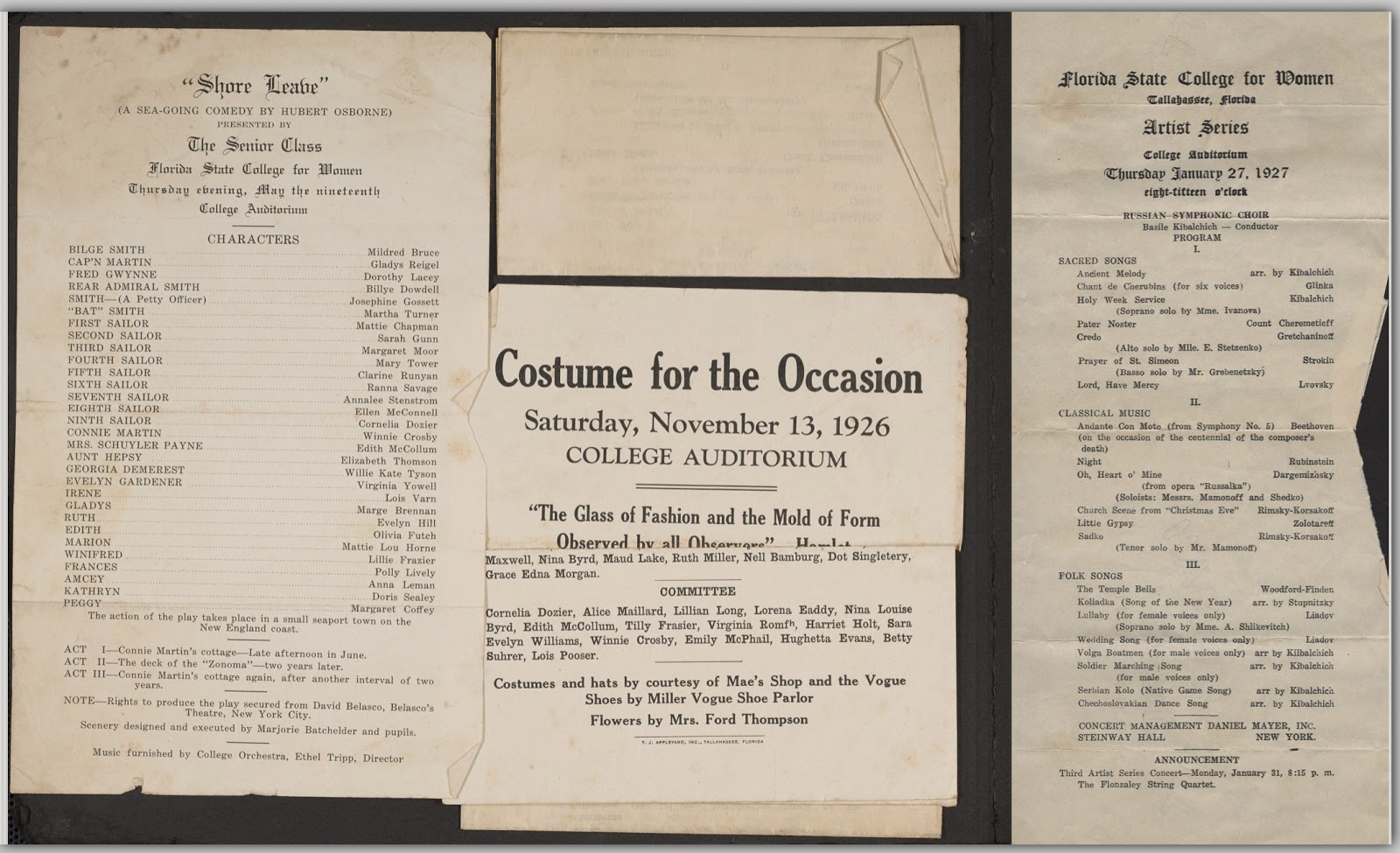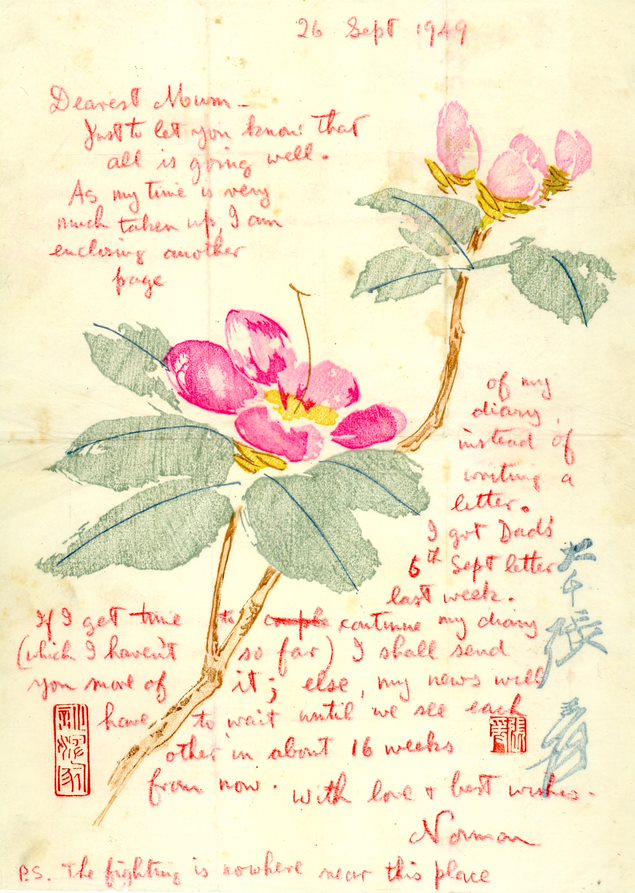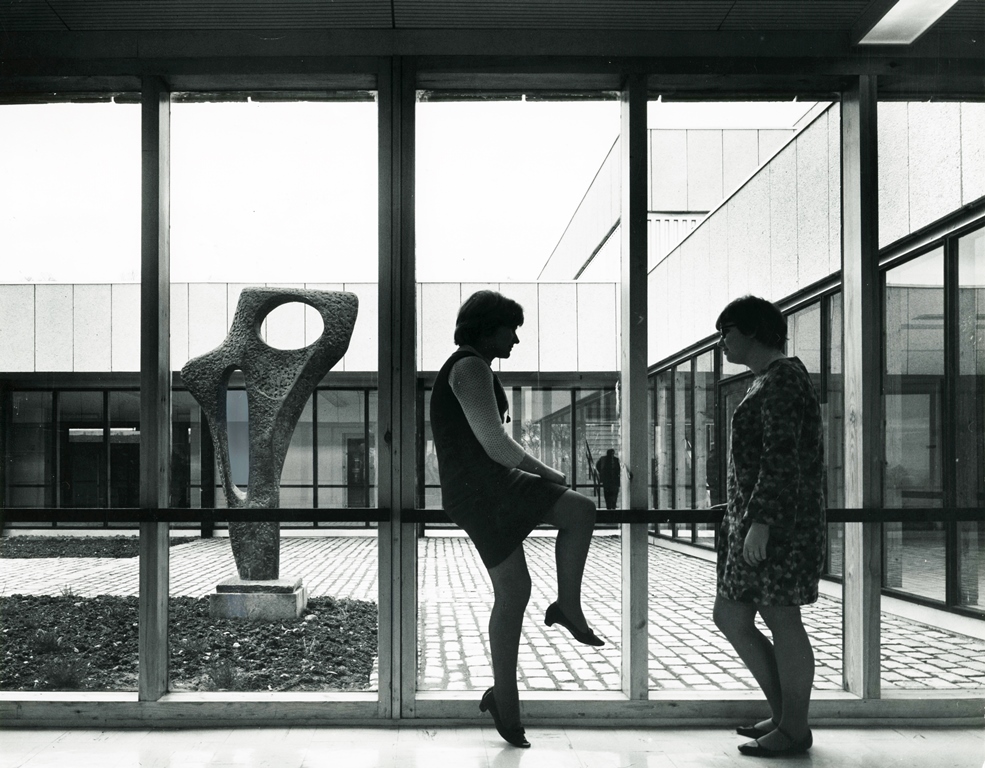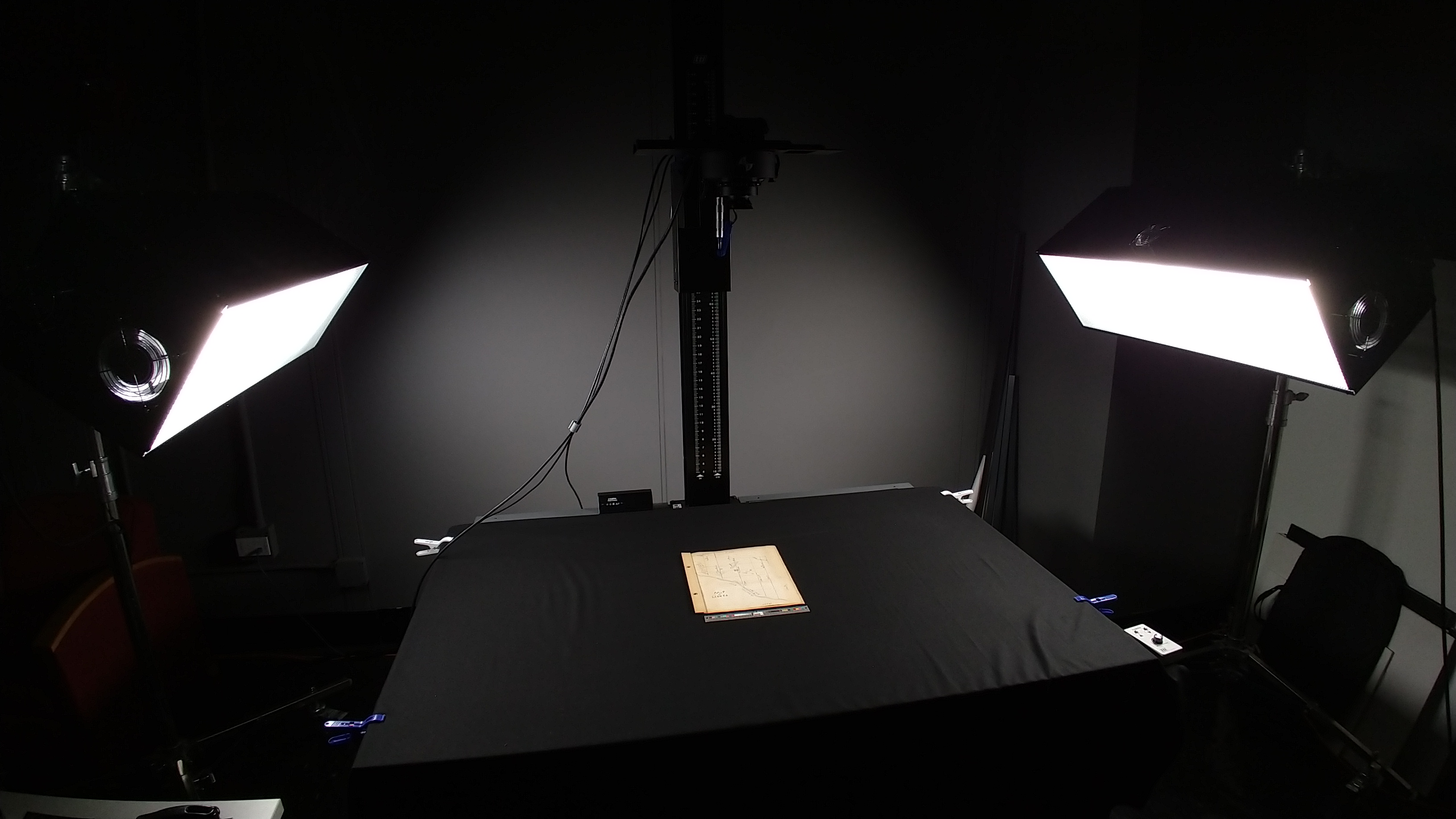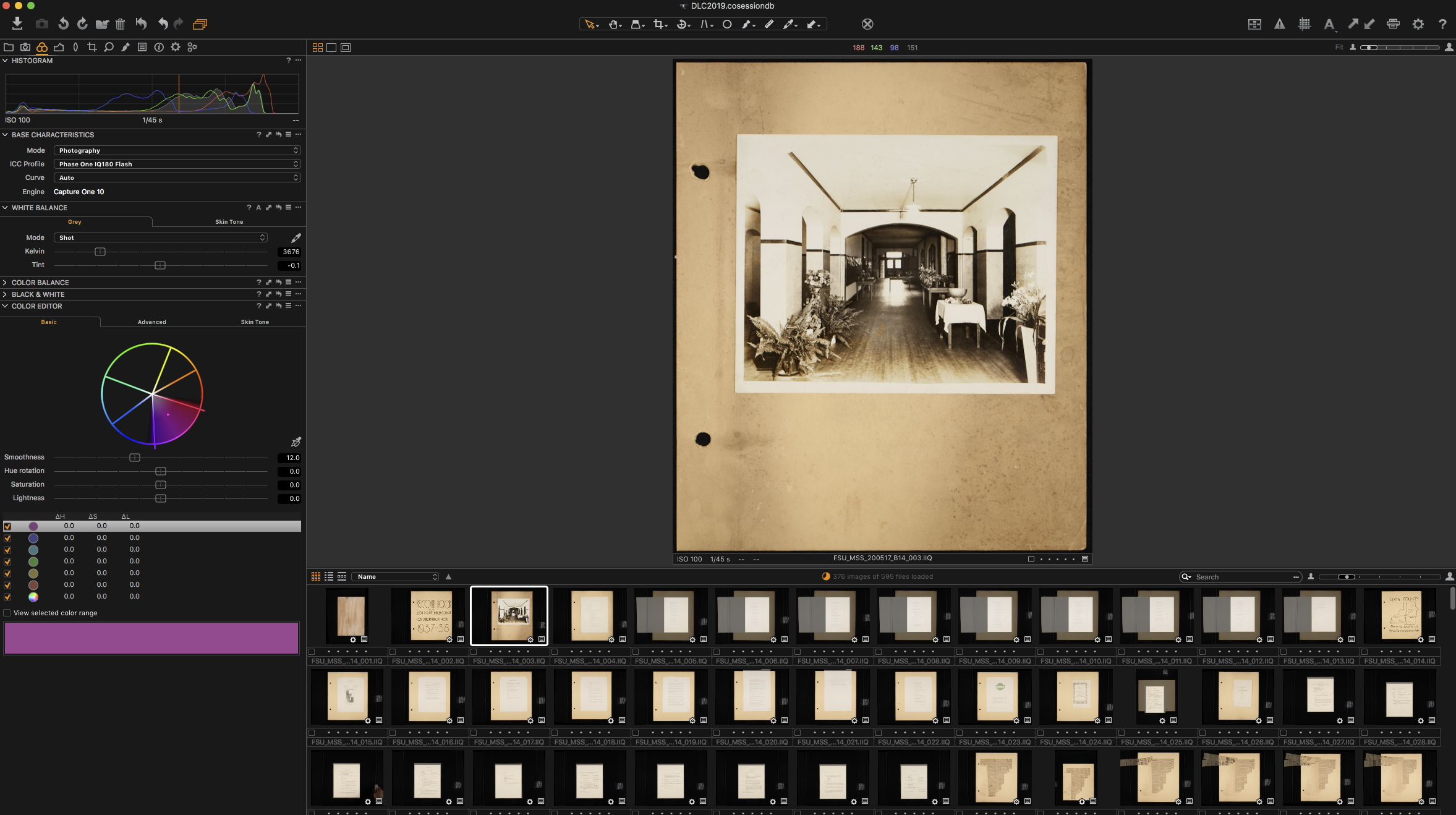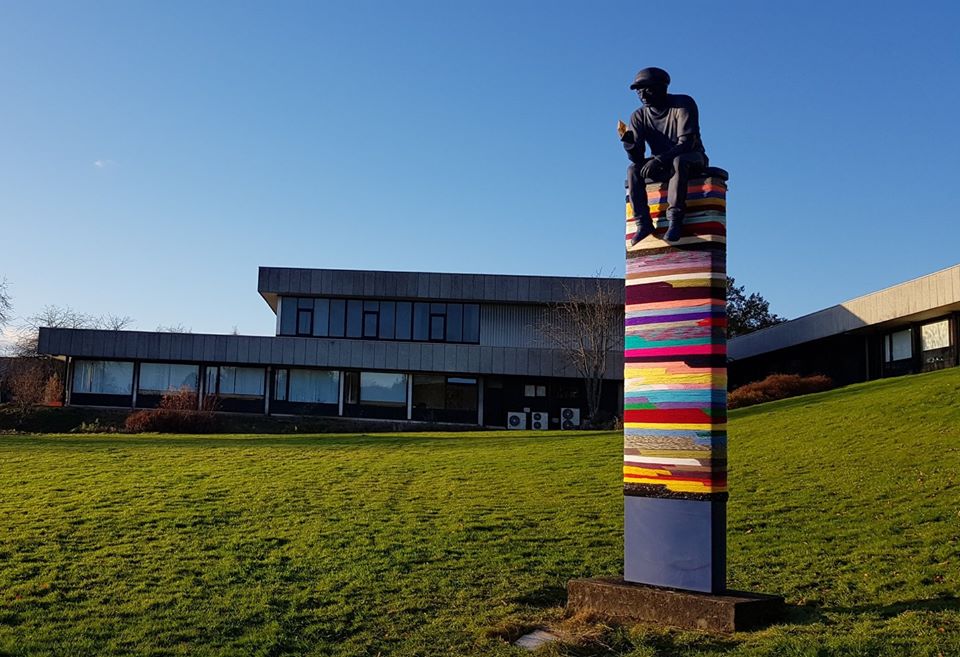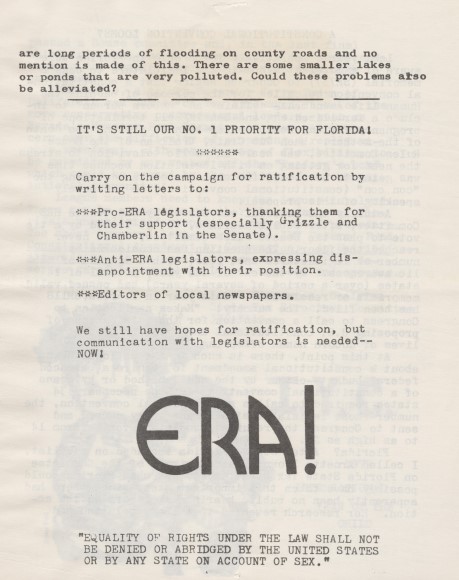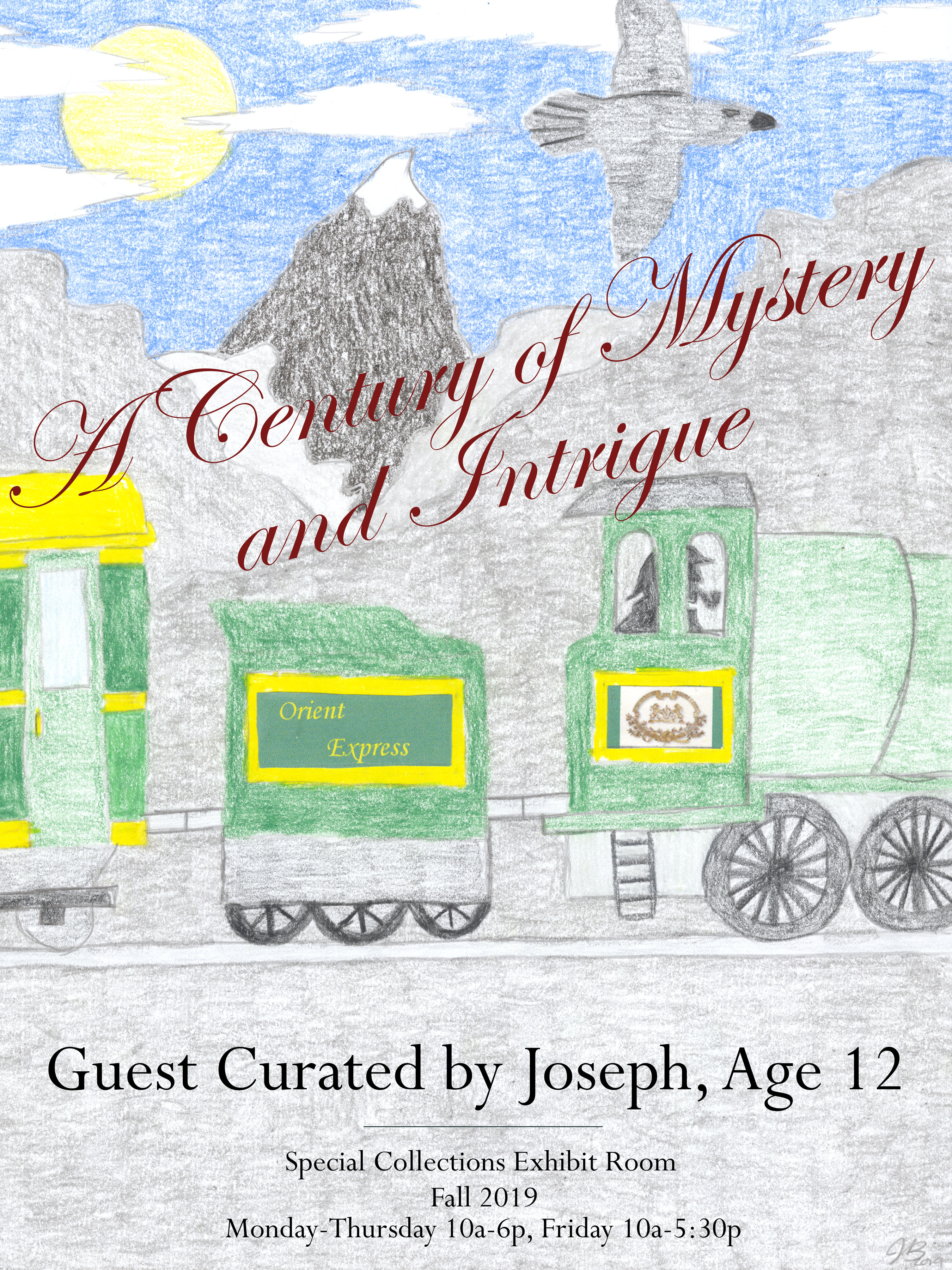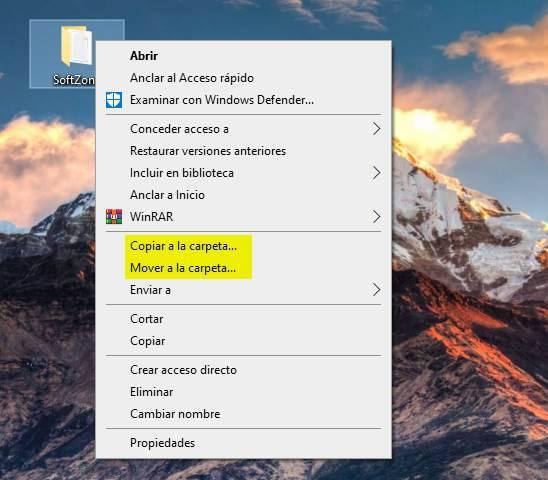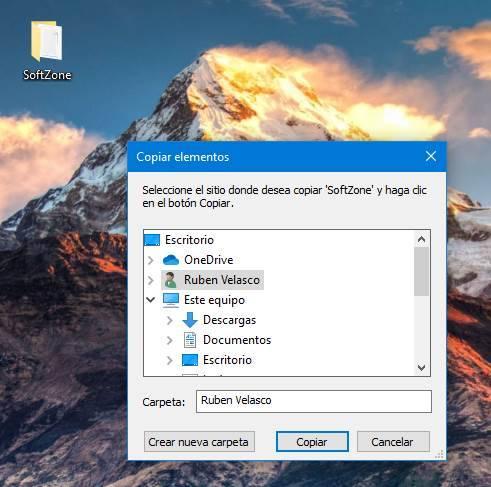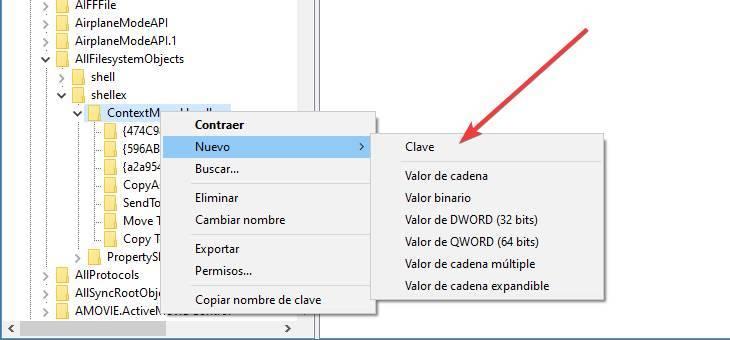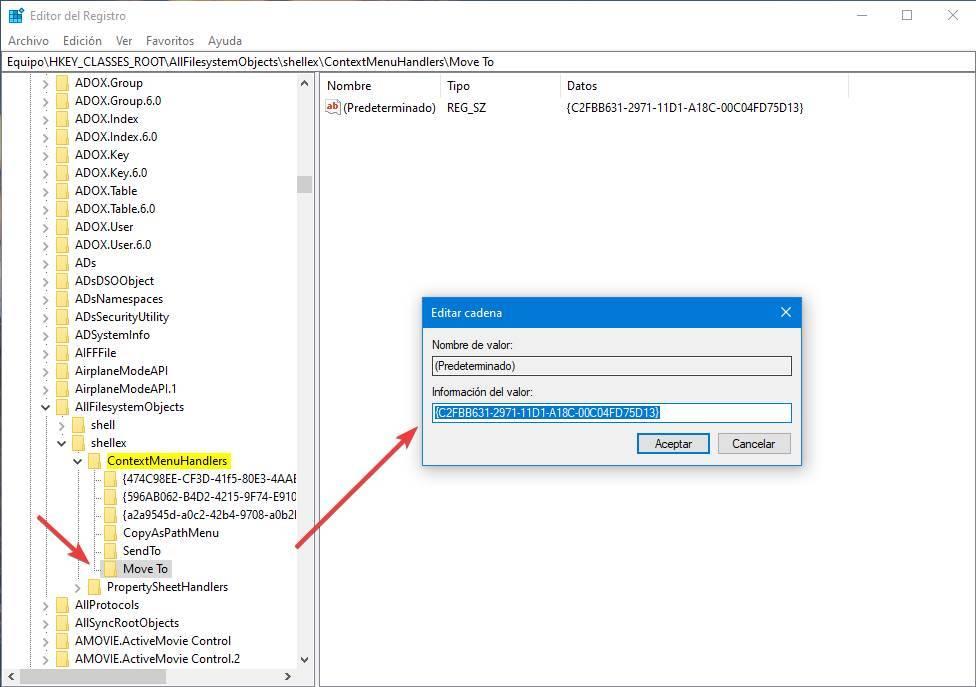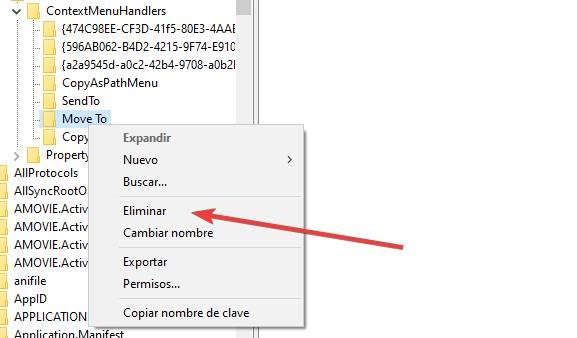In 1998, reporter Charles Bowden sounded like a world weary Raymond Chandler character destined to be played in film by Humphrey Bogart. But the crimes he covered happened a half century later and were, unfortunately, all too real. He believed they were too real and too grisly for his newspaper’s readers to deal with. He made it his job to show those Americans the desperate underbelly of their country they willfully ignored.
Bowden considered himself a reporter; he hated the term journalist.1 And he never intended to be a crime reporter —he expected to write fluffy features for the Tucson Citizen just long enough to earn the money to buy a new racing bike. Then came the day when everyone else in the newsroom was out on assignment and it fell to him to cover the murder of a child. As he told Ryan Kohls in 2012, “I wasn’t there very long until I had to go write about child murders, and it changed me. I didn’t leave. I spent three years there because I was learning so much.”2
He learned so well that in 1984 he found himself a finalist for the Pulitzer Prize for Feature Writing.3 But as unexpectedly as his crime reporting career began, it ended of his own volition –as he explained in “Torch Song: At the peripheries of violence and desire”, a 1998 essay in Harper’s Magazine.4
It was that essay that led to a 1998 segment of On the Media where Bowden had a StoryCorps-style conversation with Jack Dew, then a journalist new to the crime beat for the New Britain Herald. There they discussed the emotional toll of the job. Bowden told Dew that once he started reporting on crime in Tucson he “went nuts…It became my life.” He found the only way to do the job correctly is, “…to be the cop and the robber, the killer and the victim. It guts you and there is no way to protect yourself. It’s a toxin.”
Bowden became a bit of a typewriter vigilante, hoping to, as he told Dew and OTM listeners, “give the victims their day in the court of public opinion.” But in trying to use the newspaper as a mirror to show the Citizen’s readers a reflection of their society he found himself becoming a bit of a crime “gourmet” or “antique collector,” scouring crime logs at police stations looking for the perfect victim he could sell in a 20,000-word feature without anyone saying the person in any way deserved the gruesome crime committed against them.
As he later told Kohls, “I got trapped in it because most people won’t cover sex crimes, most people can’t get people to talk. I was hired to be a fluff writer and I discovered that almost anyone would tell me anything.”5
Bowden’s work not only earned him his Pulitzer Prize nomination, but his many later books documenting life on both sides of the Mexico-United States border earned him a Lannan Literary Award for Non Fiction.6 He and his vivid suffer-no-fools style can also be heard in this 2010 segment of The Takeaway talking about murders of journalists in Mexico and the policies he believed led to the lawlessness in the border city of Juarez.
In a 2010 interview he described his style of reporting on border issues to Meredith Blake of The New Yorker: “The way I was trained up, reporters went toward the story, just as firemen rush toward the fire. It is a duty. As it happens, I am a coward and would rather write about a bird or a tree. But, I don’t know how to be aware of such a slaughter and not report it.”7
Bowden died in 2014.8 After working for several New England newspapers, Jack Dew went to law school and now practices law.9
1 Lengel, Kerry. “Tucson aruthor Charles Bowden on ‘Murder City’”, The Arizona Republic, 2010, April 9. Accessed December 19, 2019.
2Kohls, Ryan. “Charles Bowden.” Whatiwannaknow.com, 7 December 2012. Accessed December 19, 2019.
3The Pulitzer Prizes. “Finalist: Charles Bowden of Tucson (AZ) Citizen”, pulitzer.org. Accessed December 19, 2019.
4Bowden, Charles. “Torch Song: At the peripheries of violence and desire”, Harpers, 1998, August, 43-54.
5 Kohls, op. cit.
6Lannan.Foundation. “Charles Bowden: 1996 Lannan Literary Award for Nonfiction”, lannan.org. Accessed December 19, 2019.
7Blake, Meredith. “The Exchange: Charles Bowden on Juarez, ‘Murder City’”, newyorker.com, 2010, May 18. Accessed December 19, 2019.
8Yardley, William. “Charles Bowden, Author With Unblinking Eye on Southwest, Dies at 69”, The New York Times, 2014, September 4, B18.
9Boies Schiller Flexner LLP. “Jack Dew”, bsfllp.com. Accessed December 19, 2019.
